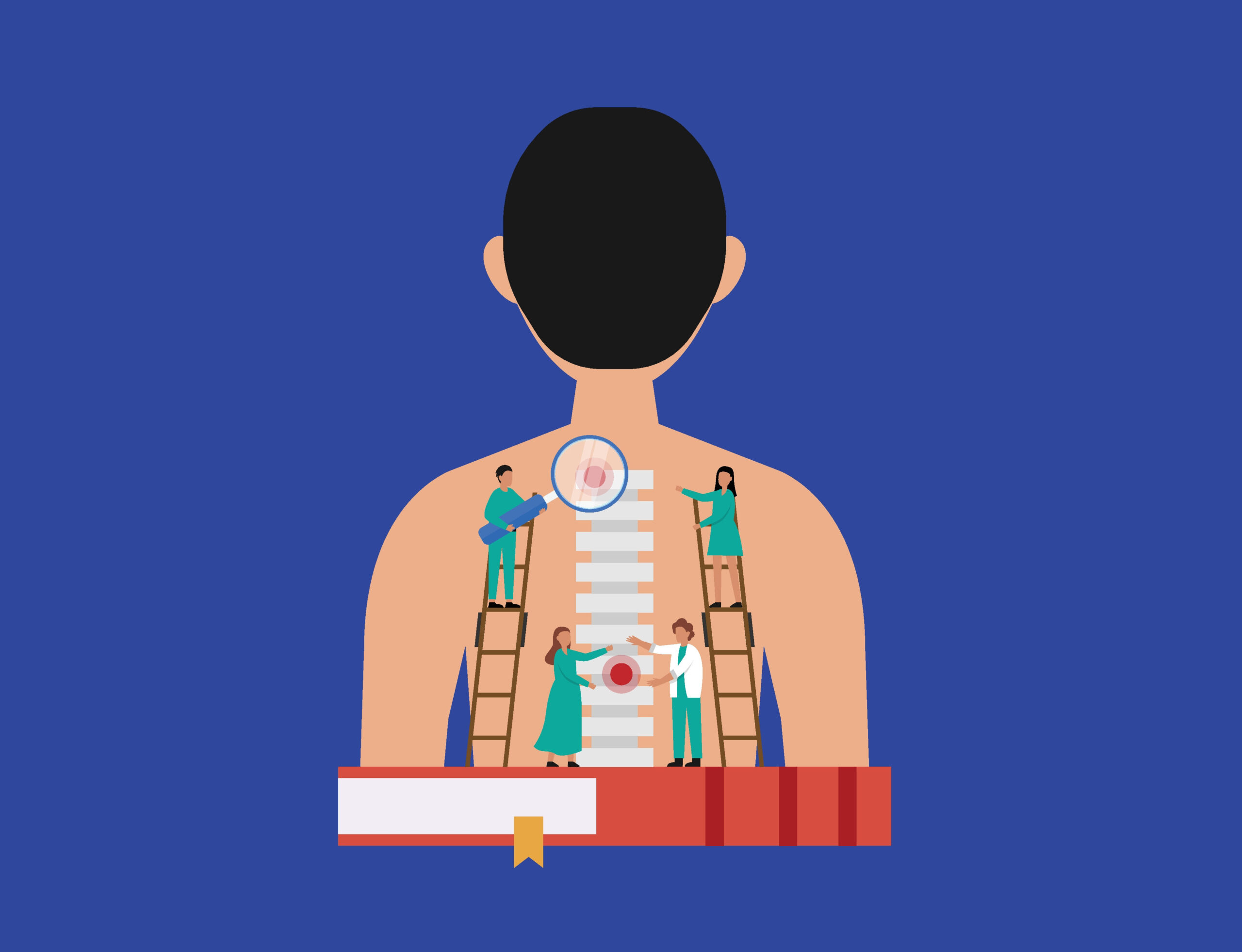COVID-19’s Effects on Workers’ Compensation
From processes to presumptions, we chatted with our CEO, Mark Wilhelm, to get his perspective on how COVID-19 has changed the workers’ compensation industry.
May 25, 2021

What claims trends are you seeing? “The situation is still evolving. We are still very early on and have yet to see the long-term effects. That being said, there have been some dramatic changes from certain perspectives. We can already see that COVID losses are being somewhat offset by an overall reduction in frequency of other losses. To what degree remains to be seen. In some industries, it will be more obvious than others.”
What kind of challenges have resulted from changing legislation and regulations? “Early in the pandemic, legislators were trying to mobilize in support of an extreme public health situation. Many presumptions were hastily created to expand the definition of ‘essential workers’ under the law, which forced the workers’ compensation system to do something it was not originally designed to do. We are waiting to see the full impact of these presumptions. As a carrier, other regulations came our way related to returning premium to policyholders. We felt they were unnecessary because we already have an audit system that would have balanced out premiums at the end of the policy period. We were also burdened with additional reporting requirements.”
Has COVID caused any threats to the workers’ compensation system? “It is a slippery slope. Workers’ compensation was originally intended to protect against occupational diseases and there are consequences to expanding that definition. I am referring to illness contracted from working conditions, like asbestosis and black lung disease. Through presumptions, the definition has since been stretched to cover things like lung cancer and heart disease in first responders. Now, due to COVID-19, we are further widening coverage to address a global pandemic and a virus that could have been contracted anywhere, including in your own home. It is extremely difficult to draw a straight line to COVID as an occupational disease that was contracted in the workplace.”
As an insurance provider, what surprised you most? “The thing that surprised me the most so far was the extreme size of some of the claims we received. As an excess carrier, we are accustomed to seeing substantial claims, but these costs were unprecedented. Medical care was the cost driver. In some cases, people were in the ICU for months then passed away, but many were also in the ICU for months and survived. Either way, significant medical costs accompanied those lengthy hospital stays.”
How do you think the industry must evolve moving forward? “Immediately, I think we learned that the insurance industry is more nimble than we probably expected it to be, but there are several things that need to adjust for the long term. First, underwriters are going to have to look at things very differently. They will have to consider factors like how prevalent a pandemic would be to particular jobs. That also goes for claims. Claims professionals were not accustomed to administering virus claims, so they have to ask different questions and come up with new processes. For instance, we have learned that telemedicine is a wonderful tool for workers’ compensation. It was great that the industry could pivot to using it and I think it would be helpful to all parties if that option would remain. Finally, actuaries are going to have to begin building pandemics into the rate making, balancing out the increase in COVID-type claims versus the decrease in other losses due to factors like remote work. They will also have to consider if this a one-time occurrence or if it will continue to be an exposure moving forward. It will literally take years for all of these factors to work their way through everyone’s processes.”

























